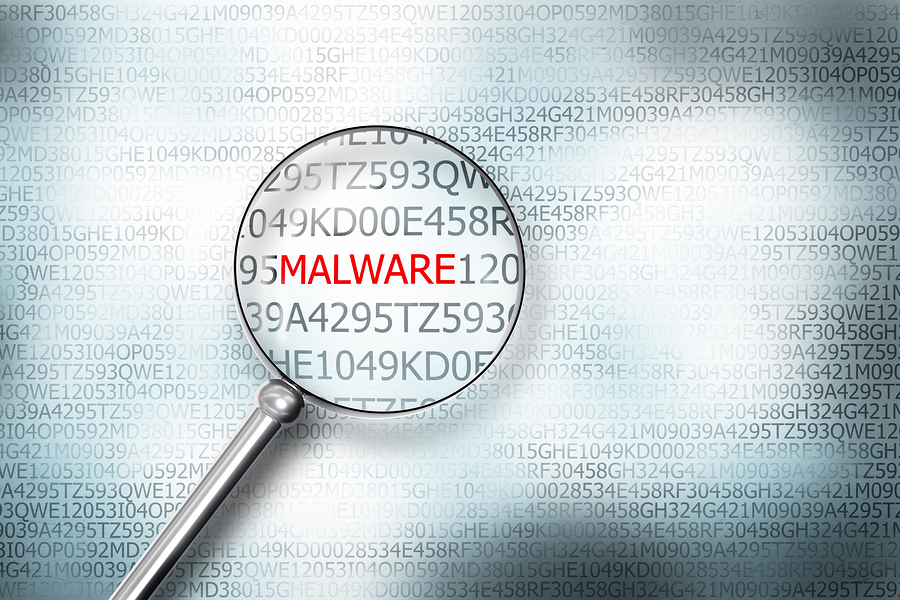Microsoft and Intel turn malware into images to accelerate detection
Results of STAMINA project "encourage the use of deep transfer learning" for malware classification


Microsoft and Intel have collaborated on a new research project which uses a deep learning technique to identify malware through the analysis of images.
The project, titled Static Malware-as-Image Network Analysis (STAMINA), advances on the approach that malware can be classified at scale by performing static analysis on malware codes represented as images. Based on that, it aims to detect malware by transforming malware samples into grayscale images and then scanning them for specific textural and structural patterns.
New Android banking trojan is able to bypass two-factor authentication Evasive malware threats doubled in 2019 Almost 70% of financial services companies have endured a cyber attack Hackers are spoofing Zoom, Microsoft Teams and Google Meet UK businesses experienced a cyber attack every minute in Q1
In order to establish the practicality of the STAMINA approach, researchers from Microsoft Threat Protection Intelligence Team and Intel Labs covered three main steps: image conversion, transfer learning, and evaluation.
First, the researchers converted malware binaries into two-dimensional images, they then used the transfer learning technique to accelerate training time “while maintaining high classification performance”. Finally, they evaluated the performance of the system on a holdout test set. The study showed that applying STAMINA achieved a recall of 87.05% at a 0.1% false-positive rate, and a 99.66% recall and 99.07% accuracy at a 2.58% false-positive rate.
In a blog post detailing the study, Jugal Parikh and Marc Marino of the Microsoft Threat Protection Intelligence Team said that the results “certainly encourage the use of deep transfer learning for the purpose of malware classification”.
“It helps accelerate training by bypassing the search for optimal hyperparameters and architecture searches, saving time and compute resources in the process,” they said.
Parikh and Marino also said that the joint research is “a good starting ground for more collaborative work” between Microsoft and Intel.
Sign up today and you will receive a free copy of our Future Focus 2025 report - the leading guidance on AI, cybersecurity and other IT challenges as per 700+ senior executives
“For example, the researchers plan to collaborate further on platform acceleration optimizations that can allow deep learning models to be deployed on client machines with minimal performance impact. Stay tuned,” they said.
A new way of detecting malware is undoubtedly a welcome innovation in a time when most employees are working from home due to the coronavirus lockdown, exposing businesses to a higher rate of cyber attacks.
Last month, Microsoft warned that cyber criminals are taking advantage of the ongoing coronavirus crisis to trick users into downloading malware onto their devices. In a statement on Twitter, Microsoft Security Intelligence said that hackers are posing as the “Usa Volunteer Organization” and the “Usa Humanitarian Group” and are sending out hundreds of emails offering free COVID-19 medical advice and testing. Each email aims to install the Trickbot malware using “unique macro-laced” document attachments.
Having only graduated from City University in 2019, Sabina has already demonstrated her abilities as a keen writer and effective journalist. Currently a content writer for Drapers, Sabina spent a number of years writing for ITPro, specialising in networking and telecommunications, as well as charting the efforts of technology companies to improve their inclusion and diversity strategies, a topic close to her heart.
Sabina has also held a number of editorial roles at Harper's Bazaar, Cube Collective, and HighClouds.
-
 Pure DC’s announces 'Europe’s largest standalone hyperscale data center lease' in Amsterdam — but who is the mystery customer?
Pure DC’s announces 'Europe’s largest standalone hyperscale data center lease' in Amsterdam — but who is the mystery customer?News The company is now constructing a 78MW campus in Westpoort, Amsterdam
-
 Cloud security teams are in turmoil
Cloud security teams are in turmoilNews Cloud security teams are scrambling to keep pace with expanding attack surfaces, new research from Palo Alto Networks shows, largely due to the rapid adoption of enterprise AI solutions.
